Growing Demand for Enhanced Safety Features
The vehicle camera market is experiencing a notable surge in demand for enhanced safety features. As consumers become increasingly aware of road safety, the integration of advanced camera systems in vehicles is seen as a critical component. According to recent data, approximately 70% of consumers express a preference for vehicles equipped with safety cameras. This trend is further supported by the implementation of stricter safety regulations, which mandate the inclusion of rearview cameras in new vehicles. The vehicle camera market is thus positioned to benefit from this growing consumer expectation, as manufacturers strive to meet safety standards while enhancing the overall driving experience.
Technological Innovations in Imaging Systems
The vehicle camera market is being propelled by technological innovations in imaging systems. Advancements in camera resolution, low-light performance, and image processing capabilities are enhancing the functionality of vehicle cameras. For instance, the introduction of 4K resolution cameras is becoming more prevalent, providing clearer images for safety and navigation purposes. This technological evolution is expected to drive the vehicle camera market forward, as manufacturers seek to incorporate cutting-edge imaging solutions that meet the demands of modern vehicles and consumer expectations.
Increased Focus on Fleet Management Solutions
The vehicle camera market is benefiting from an increased focus on fleet management solutions. Companies are increasingly adopting camera systems to monitor driver behavior, enhance safety, and improve operational efficiency. The market for fleet management is projected to reach $30 billion by 2026, with a significant portion attributed to the integration of camera technologies. This trend indicates that the vehicle camera market is likely to see substantial growth as businesses recognize the value of real-time monitoring and data analytics in optimizing fleet performance.
Rising Consumer Preference for Smart Vehicles
The vehicle camera market is witnessing a shift in consumer preferences towards smart vehicles equipped with sophisticated technology. As consumers seek vehicles that offer connectivity and automation, the demand for integrated camera systems is on the rise. Recent surveys indicate that nearly 60% of potential car buyers prioritize smart features, including camera-based systems, when making purchasing decisions. This trend suggests that the vehicle camera market must adapt to evolving consumer expectations, focusing on the development of innovative camera solutions that enhance the driving experience and provide seamless integration with other smart technologies.
Integration of Advanced Driver Assistance Systems (ADAS)
The vehicle camera market is significantly influenced by the integration of Advanced Driver Assistance Systems (ADAS). These systems utilize cameras to provide features such as lane departure warnings, adaptive cruise control, and automatic emergency braking. The market for ADAS is projected to grow at a CAGR of 15% over the next five years, indicating a robust demand for camera technologies that support these functionalities. As automakers increasingly adopt ADAS, the vehicle camera market is likely to expand, driven by the need for high-resolution imaging and real-time data processing capabilities.


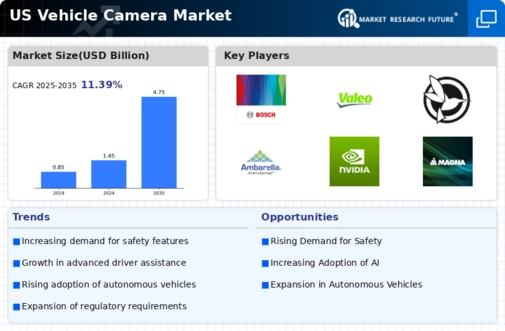

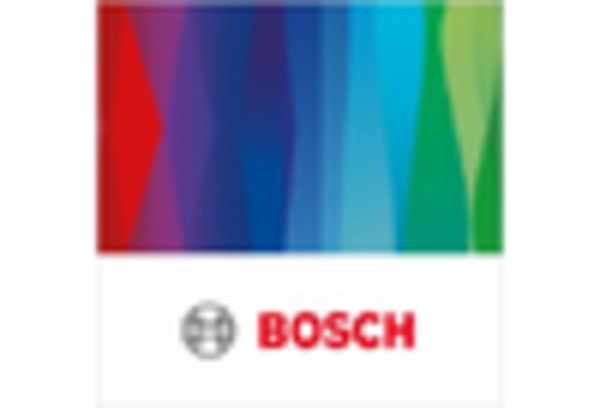

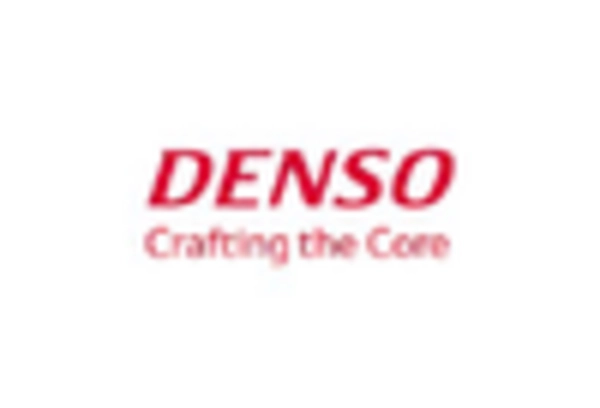
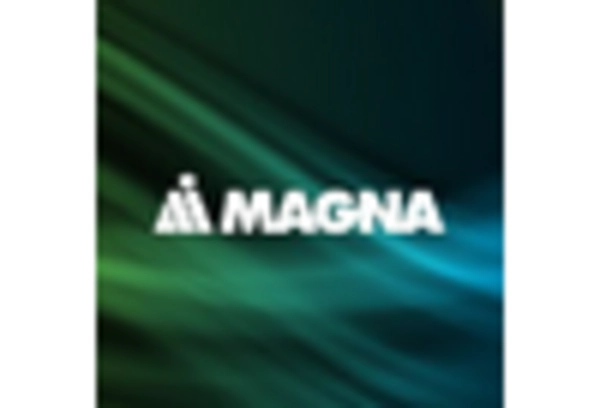
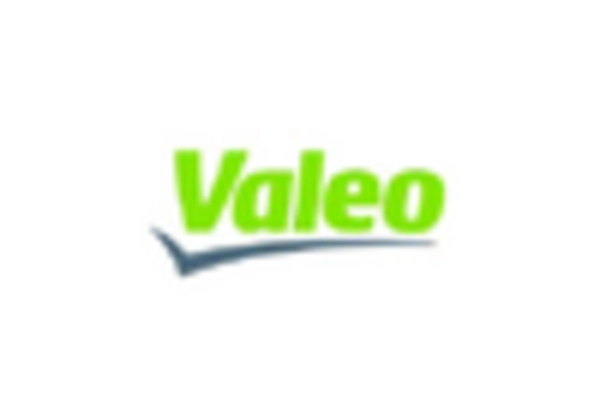








Leave a Comment